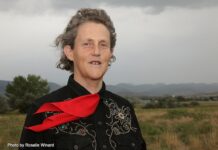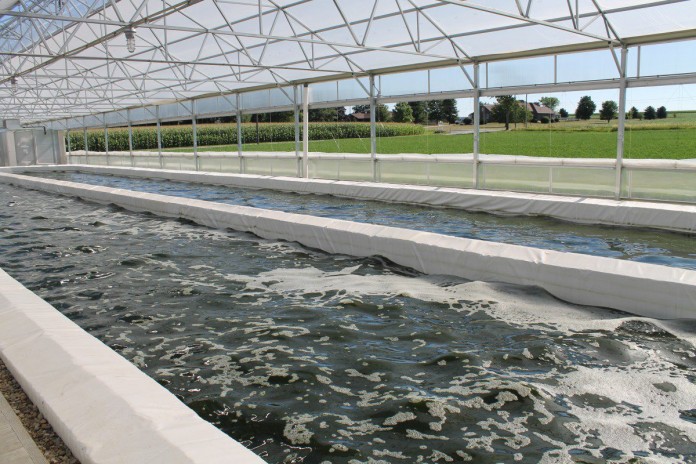WOOSTER, Ohio — The two-year-old Wayne County algae research farm, located along Back Orrville Road between Wooster and Orrville, is in transition.
The farm opened in the summer of 2012 as a pilot project, funded with $6.8 million from the U.S. Department of Energy and stimulus funds from the American Recovery and Reinvestment Act. Another $1.7 million came from Ohio State University, the Ohio Coal Development Office and various other partners.
The partners
The project was coordinated by Touchstone Research Laboratory, a West Virginia-based research company, and Ohio State University’s algae research staff.
Tom Machamer, who owns Cedar Lane Farms — the farm where the algae farm is located — said research ended in September. He said he’d like to see something continue, but “there’s been some issues,” and would not clarify further.
Machamer declined to say who owns the concrete raceways at this point, and what the return on the project has been for those who funded it. The project remains under legal review.
The algae farm’s goal was to explore new technologies related to the algae-biofuel industry, including making algae-based fuel affordable.
The project also sought to capture and route carbon dioxide emissions from Machamer’s coal-fired furnace into the ponds to be consumed by the algae. By doing this, researchers hoped to reduce emissions from burning coal.
Future project
Brian Joseph, president of Touchstone, said his company completed two projects at the Wayne County site and hopes to announce a third in the coming months.
He said his company is growing, although more specifically in other areas, such as inventions related to airplane and space shuttle parts.
The algae farm reportedly had the potential to make 2,000 gallons of oil a year.
Joseph said the farm did make small amounts of biofuel, but he said it also found itself competing with the more affordable supply of natural gas.
“How do you do it cheaper than drilling a hole in the ground,” he said.
But Joseph is optimistic. He said there are “a million uses for algae” beyond the fuel, such as pharmaceuticals and cosmetics.
“We’ve had enormous success technically,” he said, adding that now the goal is to get the technology commercialized, so private companies can put it to use.
New partners
Details of the farm’s next phase have not yet been announced, and are still awaiting funding.
Joseph said there will still be an academic partner, but it won’t be OSU.
Joseph said he appreciated working with OSU, but they do not offer the same research technology the project will now be pursuing.











I grew up on this farm when we were growing turkeys and corn. I’m glad it’s evolved into something positive instead of a shopping mall.